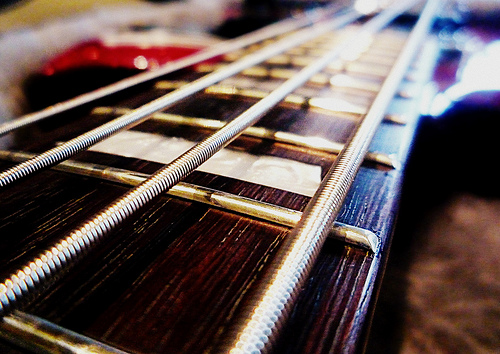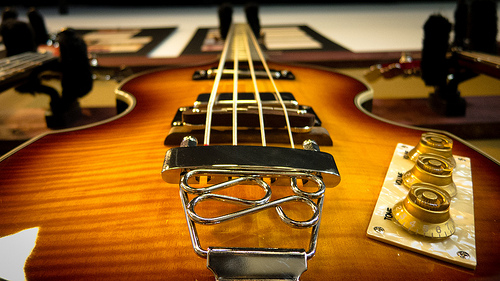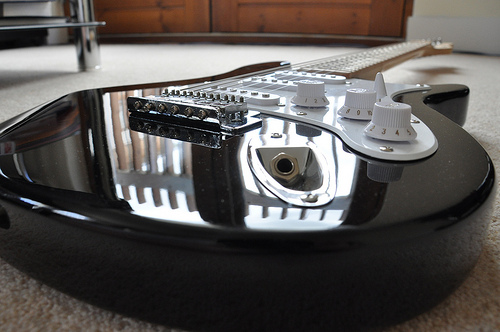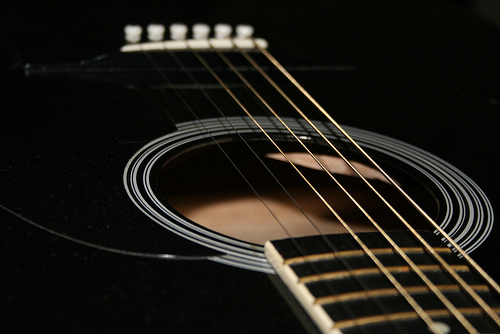Although the instruments that would eventually evolve to become the guitars we know today can trace their route back thousands of years, usually to central Asia, what we know as the classical guitar today wouldn’t be born until the European Renaissance period, originating out of Spain sometime in the late 16th century.
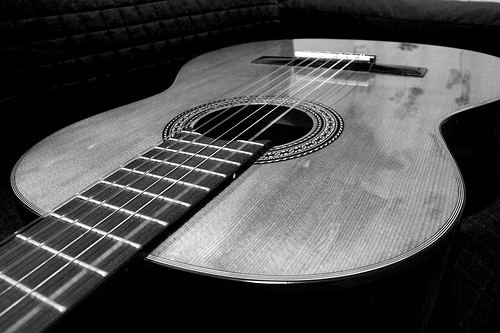
Renaissance Period Guitars
Renaissance guitars, although looking similar to what we know as a guitar today, actually had eight strings, rather than six. These eight strings were made up of four pairs, which were known as courses.
The guitars used throughout the Renaissance period bore similarities to a Spanish instrument called the vihuela, which again closely resembled what would become the classical guitar. One major difference was that the vihuela has six courses – twelve strings – as opposed to four.
Evolving Classical Guitars
Spanish music theorist and mathematician Juan Bermudo presented a treatise on stringed instruments in the mid-16th century, which would go onto influence the appearance and sound of both the vihuela and standard Renaissance guitar.
Eventually, both models would become five course instruments, each course being A, D, G, B, and E, which to this day remain five of the strings on a standard guitar. This would become the most commonly seen instrument throughout the 17th century, and by the 18th century various musicians were phasing out courses and instead using single strings to get the sound they wanted. This would eventually lead to the birth of the six-string guitar as we know it today, which would be the standard design come the middle of the 18th century.
These new guitars were much smaller than the instruments we are used to today, originally staying true to the smaller styles seen with flamenco guitars. One final innovator and idea would turn them into the instruments we now call guitars.
Antonio de Torres
This Spaniard is widely credited as being the inventor of the modern guitar, his designs being the inspiration behind the hundreds of acoustic guitar variations that we see used by musicians and in music stores today.
The modern classical guitar is also known as the Spanish guitar, owing to its origins both in current form as well as going back to the Middle Ages and Renaissance when they’d first become popular.
Moving Forward
Later in the 18th century, various manufacturers would begin producing acoustic guitars, and by the end of the century the Gibson Guitar Corporation, albeit with a different name and mission at that time, would be formed.
Image Source: Carlosinho


